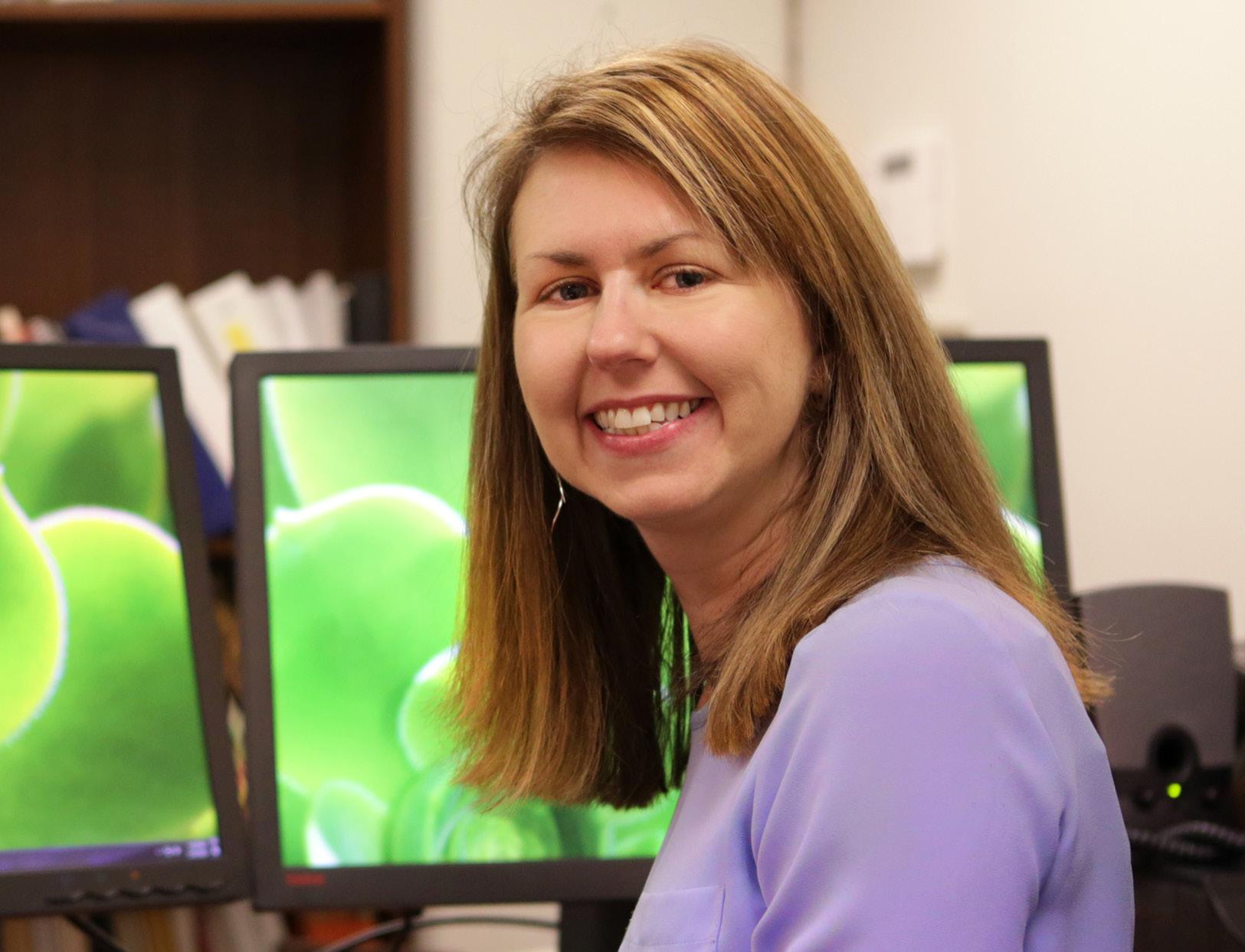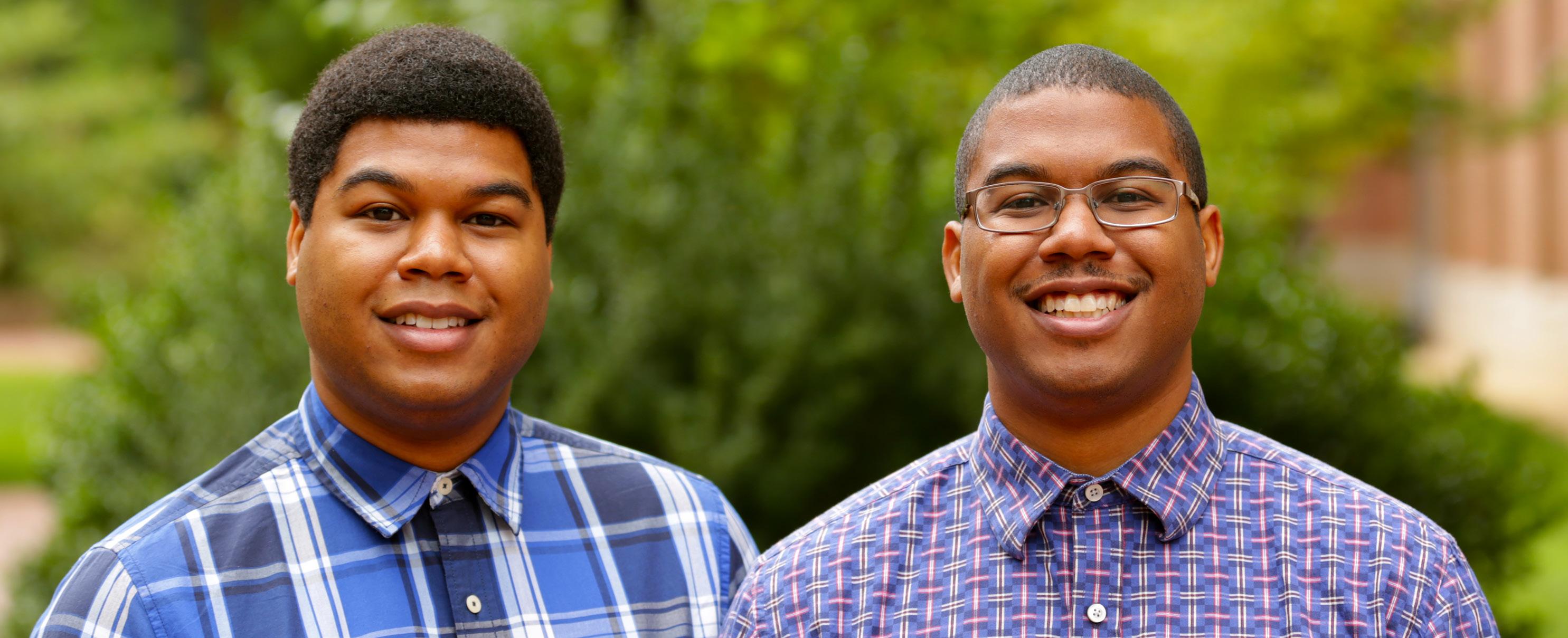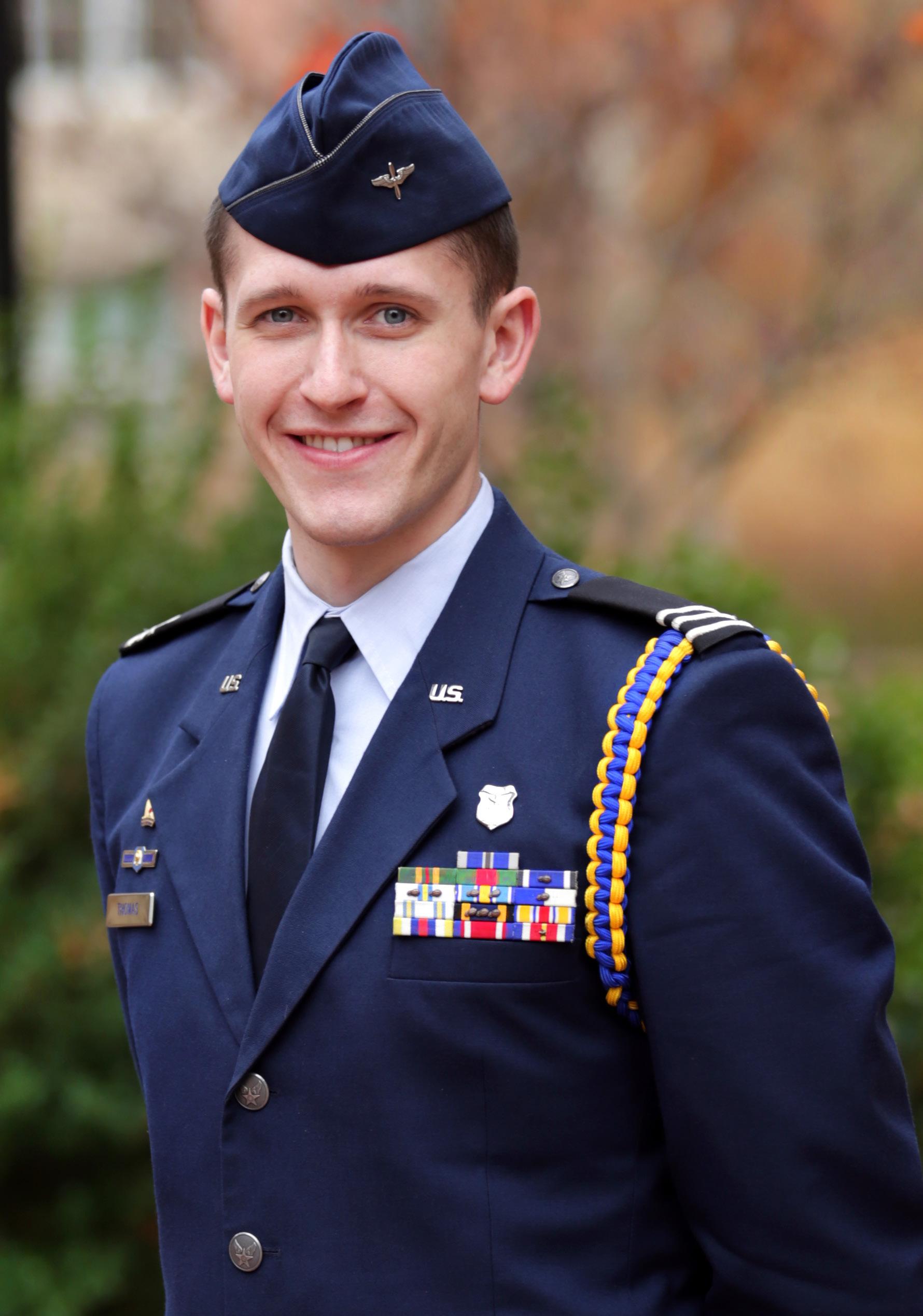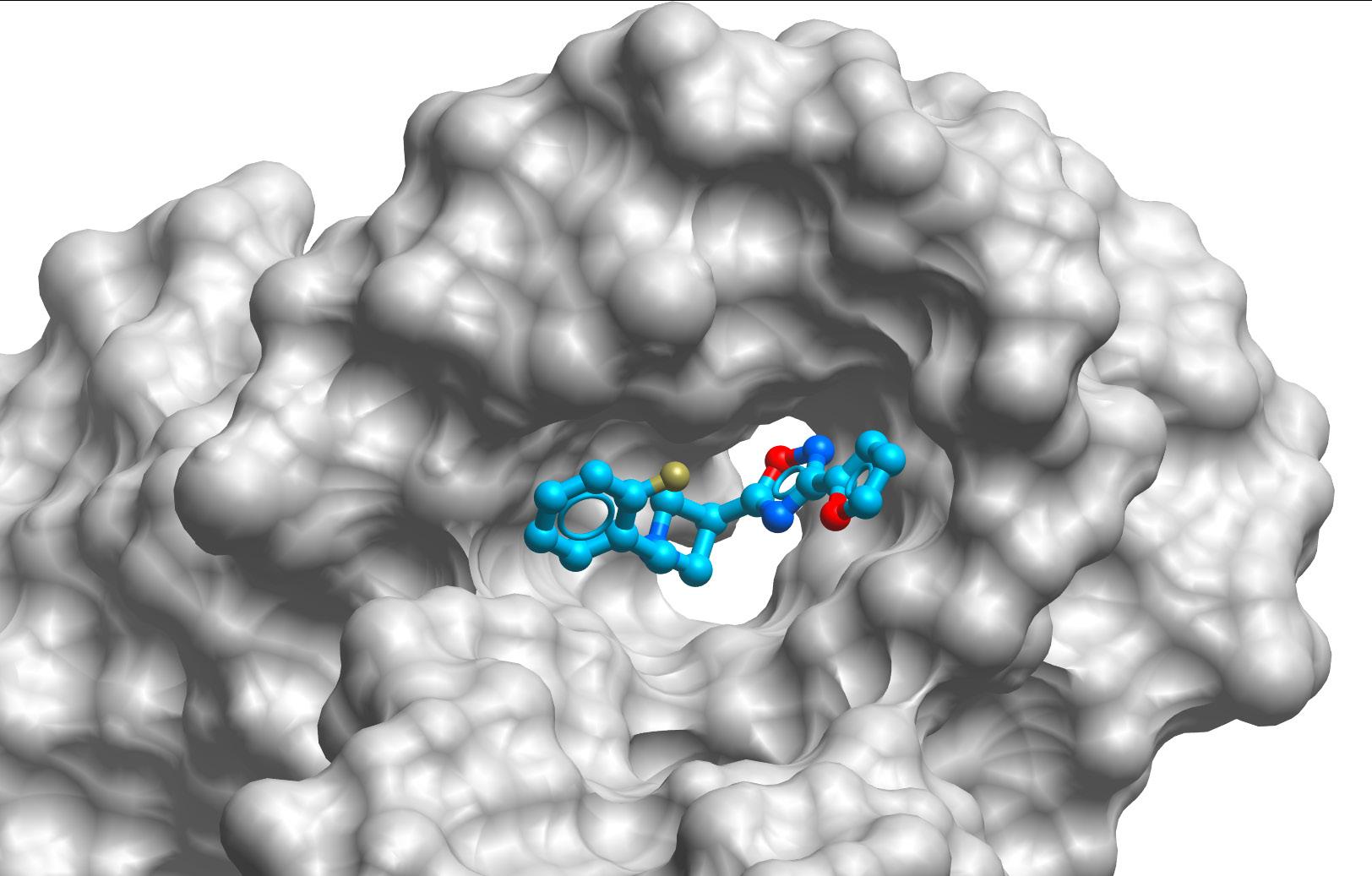
4 minute read
CURE-ious Chemistry
from Fall 2017
by uncchemistry
Purslane Chemistry
Madeline Cooke squats in the dirt and leans over the stacked, wooden two-by-fours supporting a raised garden. Scissors at the ready, she trims away weeds and checks the health of rows of red-stemmed succulents. Although many might consider this jade-like plant called Purslane a weed, it is actually edible, often found in Asian soups, salads, and stews. And is packed with antioxidants.
Advertisement
Nita Eskew, Ph.D., Director of Undergraduate Laboratories


Course-Based Undergraduate Research Experiences, CURE, are part of the university’s Quality Enhancement Plan, a fiveyear initiative that is part of the 2017 Southern Association of Colleges and Schools Commission on College accreditation process. Cooke, a UNC senior majoring in chemistry, spent six months last year helping organic chemist and Director for Chemistry’s Undergraduate Laboratories, Dr. Nita Eskew, tend to these weedy plants so she could use them in her “Chemistry of Purslane” class. A Course-Based Undergraduate Research Experience, the class provides many students with their first active research experience.
“Some students do not have the opportunity to do undergraduate research while they are here, so this gives them the experience while also getting course credit,” Eskew explains. “I also wanted to get some type of chemistry research going in an undergrad lab course so students would have some purpose in their experiment other than making crystals to throw in the waste jar as they walk out.”
Organic chemistry can be a little obscure, admits Eskew, so a course that highlights real-world applications draws more student attention. “It is helpful to have something more concrete you can put your hands on,” she says, adding that the class had so many applicants she were unable to accept them all.
Purslane’s antioxidant content suggests it has medicinal properties, but it is largely understudied in the United States. Eskew hopes that she and her students can answer some basic questions about it. What are the main differences between the gold and red varieties? Does one have a higher antioxidant concentration than the other? Does the growing environment impact their chemical composition?
Encouraging Curiosity
Throughout the class, which first began in Spring 2017, Eskew teaches standard chemistry techniques like extraction and ul-
CURE-ious Chemistry

traviolet-visible spectroscopy for identifying antioxidants in plants. Although every student learns how to perform these procedures, Eskew encourages each individual group to cultivate their own sets of questions and experiments.
“This is very much about not having a recipe,” Eskew points out. “It is about developing questions and going through the process of testing and modifying. And it is also about iteration.”
In a traditional chemistry lab, students will complete one experiment and then move onto a different one in the following lab. But in this class, they will continue to run the same experiments three times or more, tweaking them each week. “In research, you do not just do an experiment one time; you do it multiple times to try to improve it and see if you can reproduce results.” To test the Purslane for antioxidants, students perform a procedure involving a color shift that indicates when antioxidants are present. “Students can actually visualize what’s happening when the electrons are moving because they see a physical change in color,” Eskew says. “It makes the chemistry of it all more real.”
“The first time my team completed the test we were really excited, because the procedure worked,” Cooke explains. “It felt very gratifying and made us all very enthusiastic.”
Growing Together
Before she developed the class, Eskew had never heard of Purslane. Not until Claire Lorch pointed it out on a tour of the Carolina Campus Community Garden, CCCG, a program of the North Carolina Botanical Garden located on Wilson Street that donates all its produce to university housekeepers. Lorch, the CCCG program manager, solicits volunteers from across campus and the greater community to work in the garden yearround.
“I learned of Purslane when my dear friend Vimala, of Vimala’s Curry Blossom Cafe, pointed out the plant and its nutritional value,” Lorch explains. “From then on we stopped weeding it Portulaca oleracea, common Purslane
and started planting it. Forty percent of the housekeepers are refugees from Burma and appreciate that we have Purslane in the garden.”

Eskew’s partnership with the CCCG for the class means that it is also one of the Carolina Center for Public Service’s APPLES courses, which connect academic learning with community service. Students enrolled in the course, held once a week, must spend a minimum of thirty hours volunteering in the garden, some of which is used for lab time.
Continued on page 23










